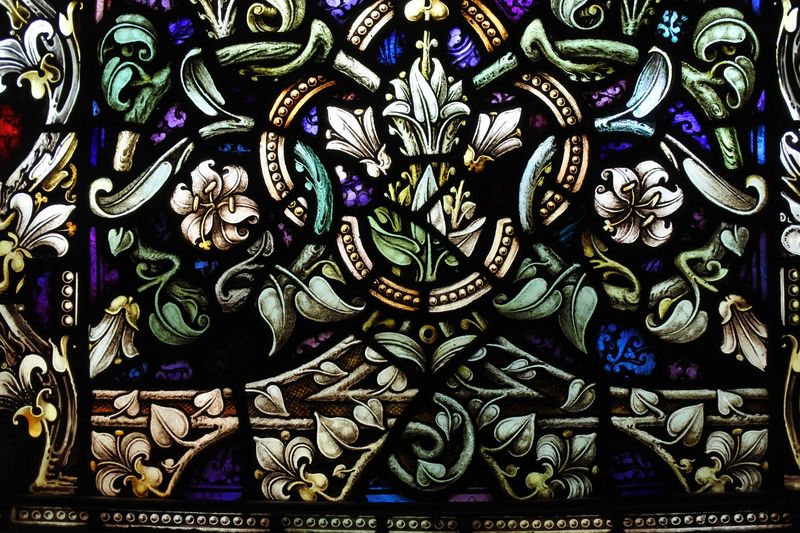Clonmel
The Presentation Sisters embarked on establishing a convent in Clonmel following a bequest of £2,000 from Rev. Dr Butler. In 1813, three Presentation sisters moved into a small house in Irishtown (the poorest part of the town) that served as both a convent and a school. The annals documented that in the first year, the school had over 700 pupils and the rooms were ‘so small that the children were actually huddled together and many were obliged to stand outside the door. Most of the poor children were obliged to find seats on the floor’.
The arrival of the nuns in Clonmel was met with great enthusiasm by many, and the town was abuzz with excitement. When Mary Power had her reception – an important ceremony which marks a significant step in the journey to becoming a fully professed religious sister – in the parish church in 1815, so many people wanted to attend to attend that the event required tickets, and soldiers were stationed outside to maintain order.



Listen
Branching Out – Clonmel Convent Community
Difficulties in finding a site
As it became evident that more space was required, the nuns encountered difficulties in finding a suitable site on which to build a convent, for no Protestant landlords or landowners would sell or rent to them. However, after nearly a decade of searching, they stumbled upon a potential solution. A five-acre plot just outside the town became available and they convinced Mr. Davis, the father of Sr Teresa, to acquire the land as a dowry for his daughter. Davis omitted to mention to the landowner that his daughter was a Presentation Sister.


Sr Magdalen Sargent
Read further about Sr. Magdalen Sargent here

Charles Bianconi
Read more about Charles Bianconi here

